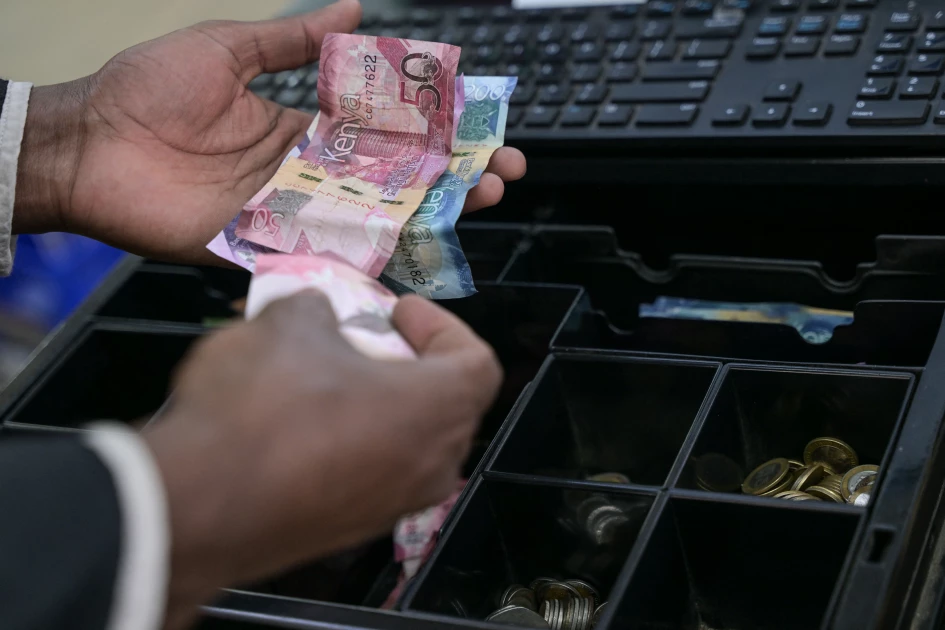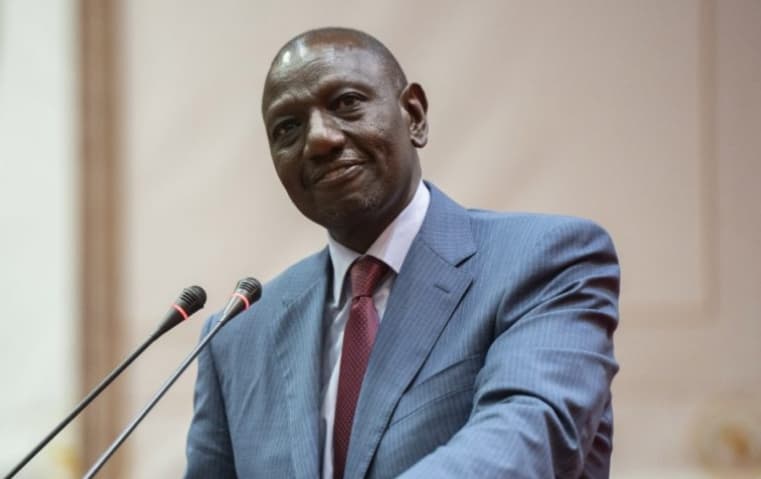Kenya's inflation level rose to 4.1 per cent in April, up from the 3.6 per cent reported in the previous month. This marks the sixth consecutive month of rising living costs since October last year, highlighting increasing worries about affordability and economic stability.
Still, inflation remained well within the central bank’s target range of 5±2.5%. On a monthly basis, consumer prices rose by 0.3% in April, slightly easing from a 0.4% increase in March. Earlier this month Kenya's central bank cut its policy interest rate for the fifth meeting in a row to 10% to stimulate private sector lending and economic activity
The spike is attributed to Increased costs of some food commodities, power, and transport.
Official figures by the Kenya National Bureau of Statistics (KNBS) shows both core and non-core inflation, used to derive the headline figure, rose in the month under review.
Core inflation rose to 2.5 per cent from 2.2 per cent in the previous month, while non-core rose to 8.4 from 7.4 percent.
Notably, core figure measures cost of living excluding volatile components like food and energy prices from the overall Consumer Price Index (CPI).
On the other hand, non-core represents the price movements of those excluded volatile items.
The bureau noted that the food and non-alcoholic beverages index increased by 7.1 per cent in the last 12 months, while the transport index increased by 2.3 per cent.
Housing, water, electricity, gas and other Fuels Index, on the other hand, increased by 0.8 per cent in the last 12 months.
KNBS highlighted that between April 2024 and April 2025 the price of a kilo sukuma wiki went up by 32.8%, tomatoes (25.5%), cabbages (18.1%), traditional vegetables (17.9%), potatoes (17.6%), beef with bones ( 7.8%), 2Kgs of fortified maize flour (6.5%), cooking oil (5.9%) and maize grain (5.8%).
The bureau also noted that in the last 12 months matatu bus fare for instance between Malindi and Nairobi has risen by 29.4%, monthly rent for a two-bedroom apartment up by 1.0% and the cost of electricity has rose by 0.3%.
At the same time, KNBS noted that the price of 13 kg of cooking gas/LPG fell by 2.7%, the price of a litre of diesel by 8.5%, a litre of petrol by 9.9% and a litre of kerosene by 12.5%.
In Kenya, the Consumer Price Index (CPI) is based on expenditures of both urban and rural households. The most important category in the CPI is Food and Non-Alcoholic Beverages (33 percent of total weight). Housing, Water, Electricity, Gas and other Fuels account for 15 percent; Transport for 10 percent; Restaurants and Accommodation Services for 8 percent; Communication for 8 percent; and Education for 6 percent. Alcoholic Beverages, Tobacco and Narcotics; Clothing and Footwear; Furnishings, Household Equipment and Maintenance; Health; Recreation, Sport and Culture; Insurance and Financial Services; and Personal Care, Social Protection and Miscellaneous Goods and Services account for the remaining 21 percent of total weight.







